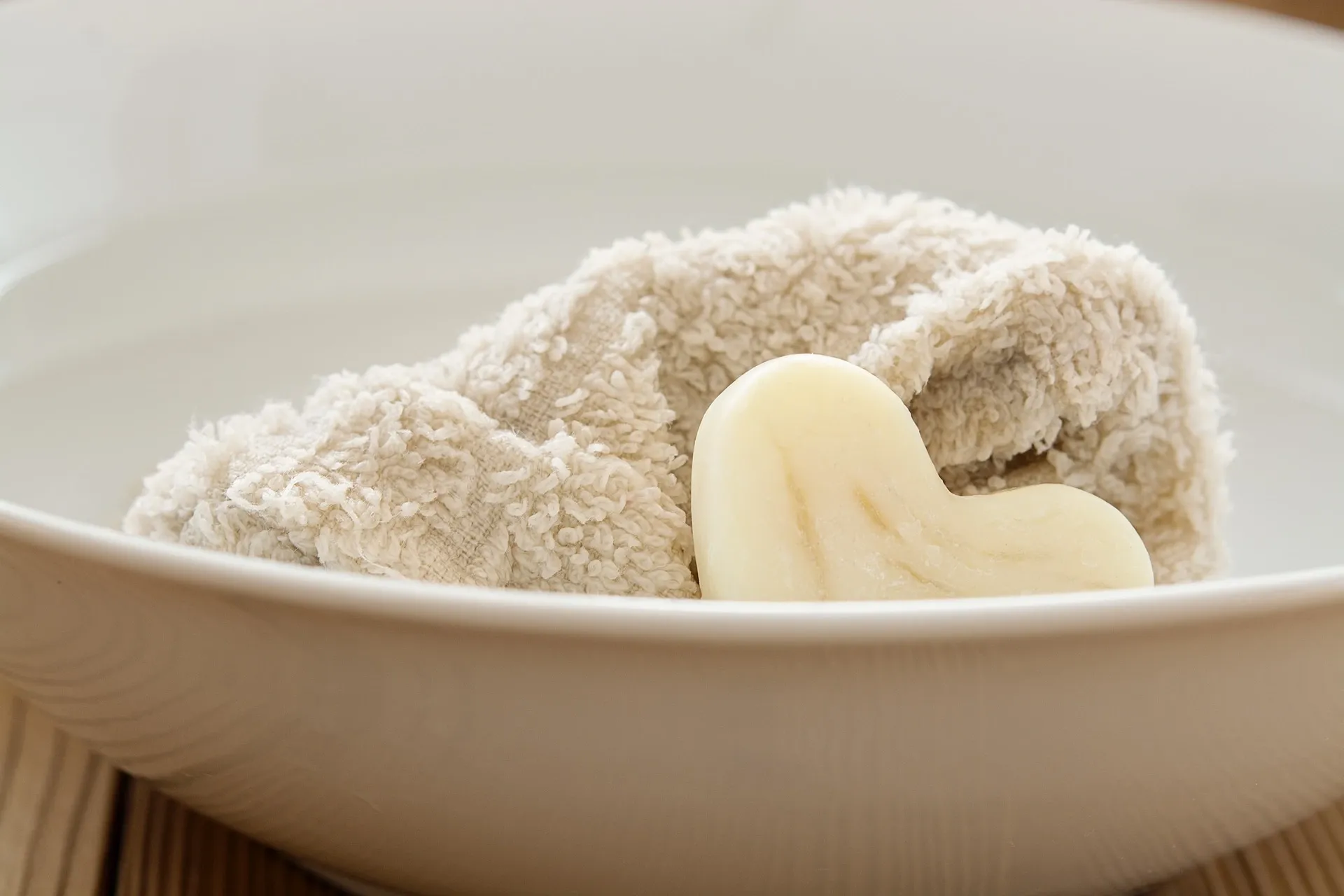If you’re a breastfeeding mother, you may have heard about the many benefits of using breast milk for your skin.
Breast Milk Soap Benefits
You may have heard about the many benefits of using breast milk for your skin. Breast milk is rich in nutrients, enzymes, and antibodies that can help nourish, hydrate, and soothe the skin – it’s especially effective for treating conditions such as eczema and acne.
With just a few ingredients and a bit of time, you can create a nourishing, hydrating soap that’s perfect for your skin. This breast milk soap recipe is entirely natural and contains no Lye, a caustic chemical usually used in soap making.
Other interesting ways to use your extra breast milk.

DIY Breast Milk Soaps for Mom and Baby
Base Breast Milk Soap Recipe
For this recipe, you will need a silicone soap mold.
Ingredients:
- 1 cup organic, clear glycerin soap base
- 1 cup room temperature breast milk
- 10 drops of skin-safe essential oil (essential oil options listed below). This ingredient is optional and should only be used on babies three months or older.
- 1 tsp. of one of the oil options mentioned below
- 1 tbsp – of one or two optional extras listed below.
Breast milk provides essential nutrients and moisture, while the glycerin soap base helps to cleanse and soften the skin. The essential oil and optional extras add a touch of luxury, while the oil helps to moisturize and protect the skin.
Instructions on How to Make Breast Milk Soap
- Cut the glycerin soap base into small chunks and place them in a microwave-safe bowl.
- To melt your soap base, heat it at 15-second intervals until it’s fully melted. This helps to prevent overheating, which can create unwanted bubbles in the soap.
- Stir in the breast milk and the essential oil (if using).
- Try placing them on a small cutting board or tray to make it easier to transport your soap molds before the soap has hardened. This will help to prevent spills and make it easier to move the molds, especially if they are flexible.
- Pour the mixture into the soap molds.
- Refrigerate your soap until it has hardened. This may take a few hours or overnight.
- Once the soap is fully hardened, you can remove it from the mold and store it in a tupperware container in your fridge or freezer.
One of these small soaps should last for a couple of baths for a baby, but they might be used up more quickly during toddler bath time.

Breast Milk Soap Recipe Alternatives and Extras
Essential oil options
We recommend waiting until children are at least 3 months old before using essential oils on their skin. Infants under 3 months have very sensitive skin that is still developing and can be easily irritated by essential oils.
These oils can be added to your above breast milk soap recipe. It’s important to note that essential oils should be used with caution on babies and young children. Be sure to use only a tiny amount (less than 1% of the total recipe). As always, it’s a good idea to patch-test any new product on a small area of skin before using it on your baby.
- Lavender: Lavender is a calming, soothing oil that’s great for relaxing and helping baby sleep. It’s also a natural antiseptic and may help relieve skin irritation.
- Chamomile: Chamomile is a gentle, calming oil that’s great for soothing and calming a baby’s skin. It’s especially helpful for relieving dry, irritated skin and may be useful for conditions such as eczema and diaper rash.
- Yarrow: balancing, soothing, anti-inflammatory, antiseptic.
You are not limited to using the specific essential oils mentioned. If you choose to use essential oils in your soap, be sure to do your research and select oils that are safe for use on a baby’s skin.
Optional Extras
Add one or two of the following ingredients to your base soap as a variation.
- Oatmeal: Oatmeal is a gentle, soothing ingredient that’s great for calming irritated skin. You can grind rolled oats into a fine powder and add them to your soap mixture for a nourishing, exfoliating effect. Add 1 tbsp to the base recipe.
- Calendula: Calendula is a plant with anti-inflammatory and healing properties that can help relieve diaper rash and other skin irritations. You can add calendula oil or dried calendula flowers to your soap mixture for a soothing, calming effect. Add 1 tbsp to the base recipe.
- Honey: Honey is another ingredient that can enhance your homemade soap by making it more moisturizing. Add 1 tbsp to the base recipe.

Oil Options
- Almond oil: Almond oil is a lightweight, nourishing oil that’s rich in vitamins and minerals. It’s gentle enough for baby’s skin and can help to soothe and moisturize dry, irritated skin.
- Avocado oil: Avocado oil is a rich, moisturizing oil that’s packed with vitamins and nutrients. It’s great for nourishing and protecting a baby’s delicate skin and may help relieve dryness and irritation.
- Shea butter: Shea butter is a rich, emollient butter that’s known for its hydrating and nourishing properties. It’s a great addition to breast milk soap for its ability to soothe and moisturize a baby’s skin.
- Coconut oil: Coconut oil has antiviral, antibacterial, and anti-inflammatory properties.
Storing Your Soap
For the best preservation of your breast milk soap, we recommend storing it in the refrigerator. However, once the soap has hardened and the milk has been encapsulated within the soap base, it should not need to be refrigerated between uses. If you do notice any unusual odors or color changes in your soap, it is best to discard it.


